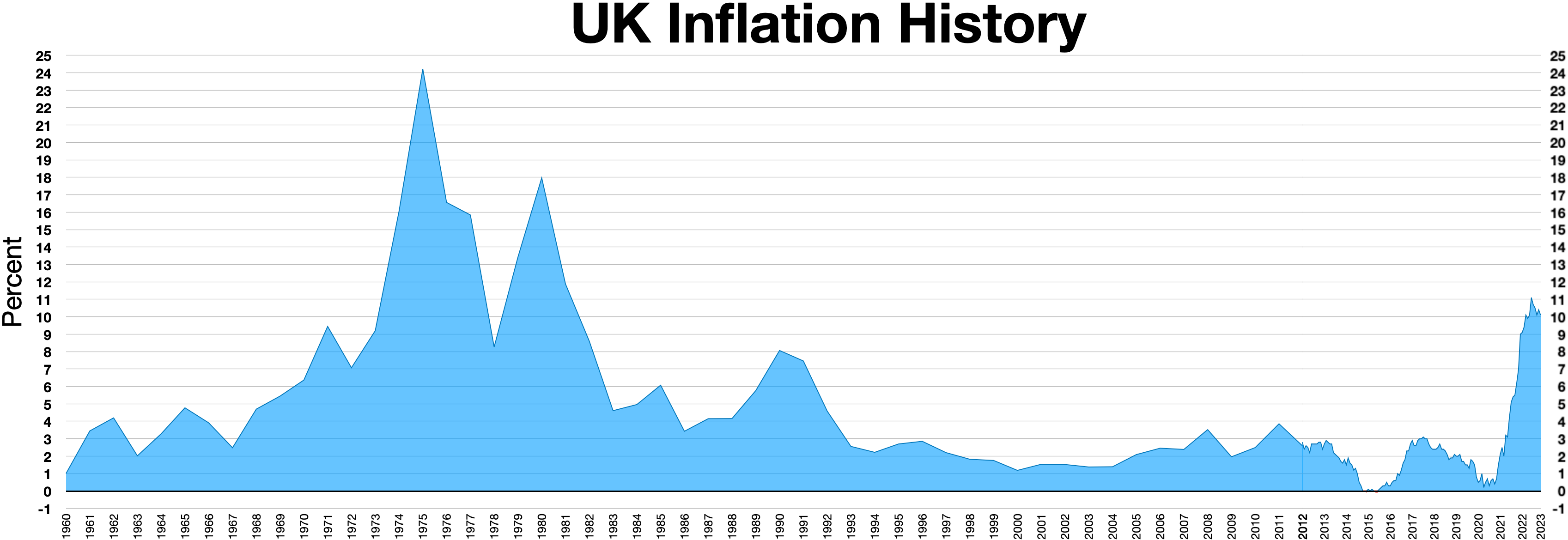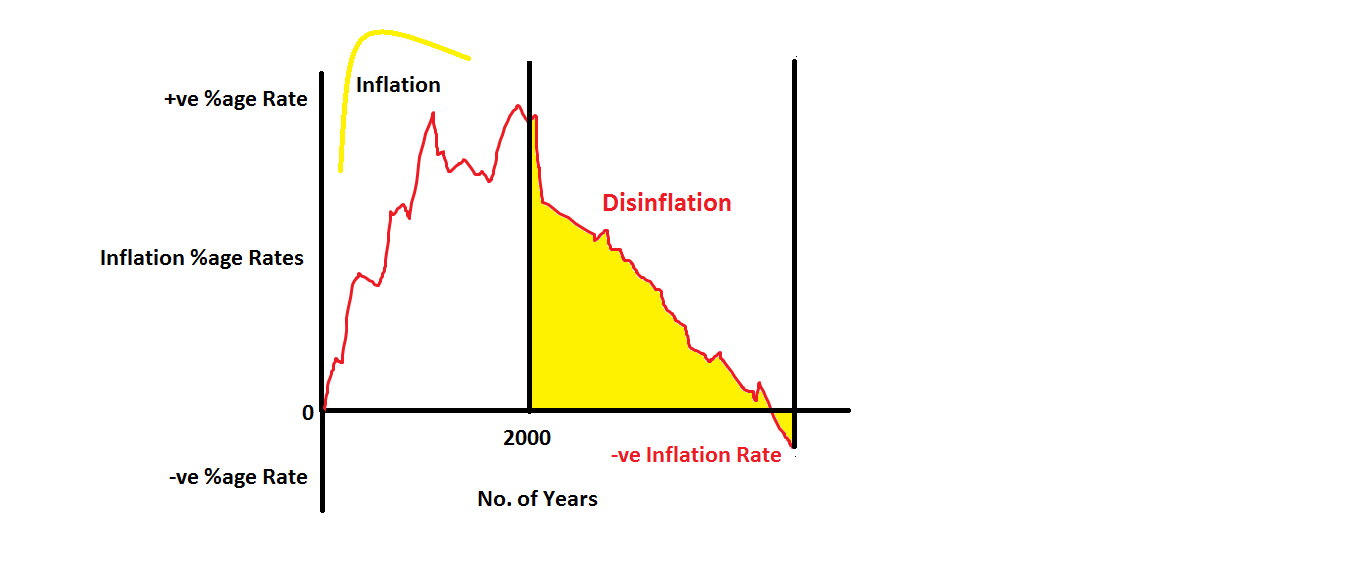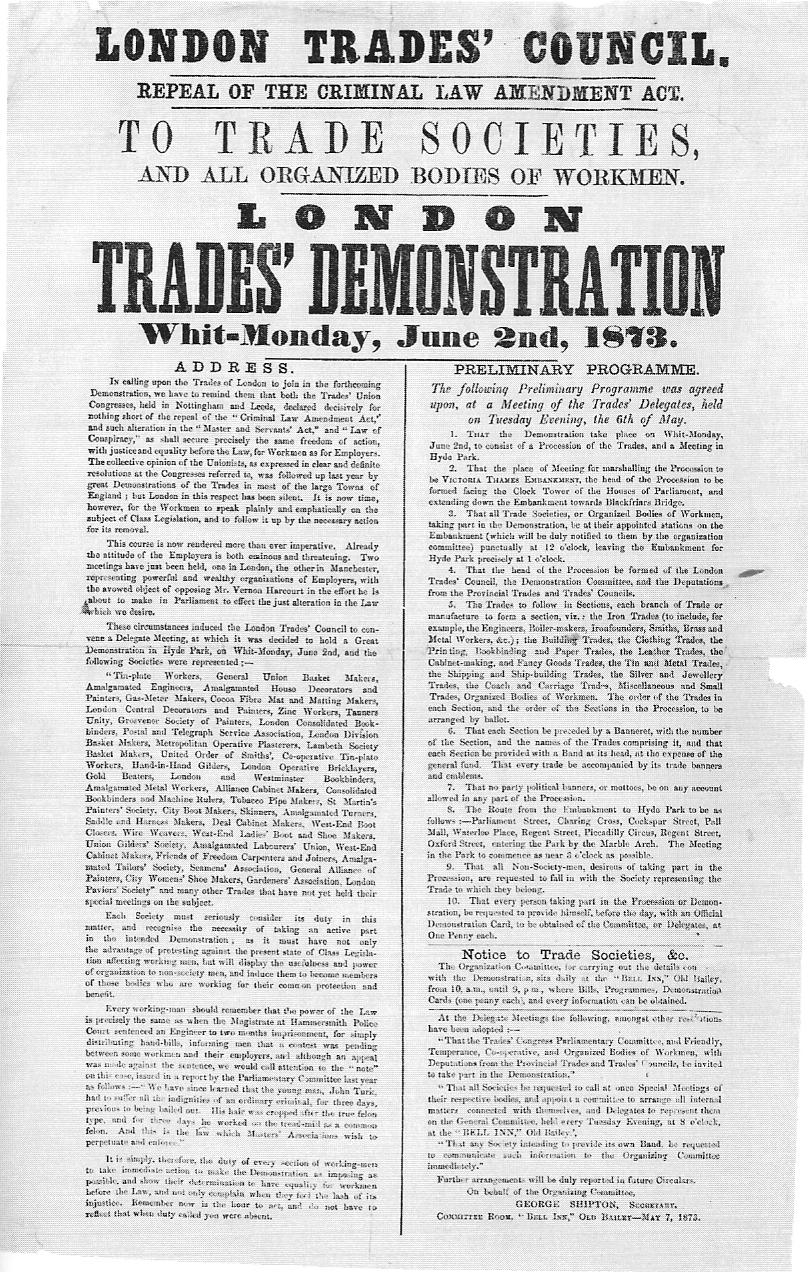|
Non-accelerating Inflation Rate Of Unemployment
The non-accelerating inflation rate of unemployment (NAIRU) is a theoretical level of unemployment below which inflation would be expected to rise.The NAIRU, explained: why economists don't want unemployment to drop too low ''Vox'', Matthew Yglesias, Nov 14, 2014. " . . it's broadly agreed that the NAIRU can change over time. . " It was first introduced as the NIRU (non-inflationary rate of unemployment) by and in 1975, as an improv ... [...More Info...] [...Related Items...] OR: [Wikipedia] [Google] [Baidu] |
Unemployment
Unemployment, according to the OECD (Organisation for Economic Co-operation and Development), is the proportion of people above a specified age (usually 15) not being in paid employment or self-employment but currently available for work during the reference period. Unemployment is measured by the unemployment rate, which is the number of people who are unemployed as a percentage of the labour force (the total number of people employed added to those unemployed). Unemployment can have many sources, such as the following: * the status of the economy, which can be influenced by a recession * competition caused by globalization and international trade * new technologies and inventions * policies of the government * regulation and market * war, civil disorder, and natural disasters Unemployment and the status of the economy can be influenced by a country through, for example, fiscal policy. Furthermore, the monetary authority of a country, such as the central bank, can in ... [...More Info...] [...Related Items...] OR: [Wikipedia] [Google] [Baidu] |
Stagflation
Stagflation is the combination of high inflation, stagnant economic growth, and elevated unemployment. The term ''stagflation'', a portmanteau of "stagnation" and "inflation," was popularized, and probably coined, by British politician Iain Macleod in the 1960s, during a period of economic distress in the United Kingdom. It gained broader recognition in the 1970s after a series of global economic shocks, particularly the 1973 oil crisis, which disrupted supply chains and led to rising prices and slowing growth. Stagflation challenges traditional economic theories, which suggest that inflation and unemployment are inversely related, as depicted by the Phillips Curve. Stagflation presents a policy dilemma, as measures to curb inflation—such as tightening monetary policy—can exacerbate unemployment, while policies aimed at reducing unemployment may fuel inflation. In economic theory, there are two main explanations for stagflation: supply shocks, such as a sharp increa ... [...More Info...] [...Related Items...] OR: [Wikipedia] [Google] [Baidu] |
Reserve Bank Of Australia
The Reserve Bank of Australia (RBA) is Australia's central bank and banknote issuing authority. It has had this role since 14 January 1960, when the ''Reserve Bank Act 1959'' removed the central banking functions from the Commonwealth Bank. The bank's main policy role is to control inflation levels within a target range of 2–3%, by controlling the unemployment rate according to the 'non-accelerating inflation rate of unemployment' (NAIRU) by controlling the official cash rate. The NAIRU was implemented in most western nations after 1975, and has been maintained at a target of 5–6% unemployment. The average unemployment rate in Australia between the end of the Second World War and the implementation of the NAIRU was consistently between 1 and 2%. Since the implementation of the NAIRU, the average unemployment rate in Australia has been close to 6%. The RBA also provides services to the Government of Australia and services to other central banks and official institutions. The ... [...More Info...] [...Related Items...] OR: [Wikipedia] [Google] [Baidu] |
Okun's Law
In economics, Okun's law is an Empirical research, empirically observed relationship between unemployment and losses in a country's production. It is named after Arthur Melvin Okun, who first proposed the relationship in 1962. The "gap version" states that for every 1% increase in the unemployment rate, a country's Gross Domestic Product, GDP will be roughly an additional 2% lower than its potential GDP. The "difference version" describes the relationship between quarterly changes in unemployment and quarterly changes in real GDP. The stability and usefulness of the law has been disputed. Imperfect relationship Okun's law is an empirical relationship. In Okun's original statement of his law, a 2% increase in output corresponds to a 1% decline in the rate of cyclical unemployment; a 0.5% increase in labor force participation; a 0.5% increase in hours worked per employee; and a 1% increase in output per hours worked (labor productivity). Okun's law states that a one-point increase ... [...More Info...] [...Related Items...] OR: [Wikipedia] [Google] [Baidu] |
Exogenous
In a variety of contexts, exogeny or exogeneity () is the fact of an action or object originating externally. It is the opposite of endogeneity or endogeny, the fact of being influenced from within a system. Economics In an economic model, an exogenous change is one that comes from outside the model and is unexplained by the model. Such changes of an economic model from outside factors can include the influence of technology, in which this had previously been noted as an exogenous factor, but has rather been noted as a factor that can depict economic forces as a whole. In economic sociology, Project IDEA (Interdisciplinary Dimensions of Economic Analysis) gave notion to understanding the exogenous factors that play a role within economic theory. Developed from the International Social Science Council (ISSC) in the year of 1982, Project IDEA was founded to gather ideas from economists and sociologists in order to conceptualize what economic sociology incorporates, as they hav ... [...More Info...] [...Related Items...] OR: [Wikipedia] [Google] [Baidu] |
Disinflation
Disinflation is a decrease in the rate of inflation – a slowdown in the rate of increase of the general price level of goods and services in a nation's gross domestic product over time. It is the opposite of reflation. If the inflation rate is not very high to start with, disinflation can lead to deflation – decreases in the general price level of goods and services. For example if the annual inflation rate one month is 5% and it is 4% the following month, prices disinflated by 1% but are still increasing at a 4% annual rate. If the current rate is 1% and it is the -2% the following month, prices disinflated by 3% and are decreasing at a 2% annual rate. See also *Hyperinflation * Stagflation * Devaluation * Chronic inflation *Deflation In economics, deflation is a decrease in the general price level of goods and services. Deflation occurs when the inflation rate falls below 0% and becomes negative. While inflation reduces the value of currency over time, deflati ... [...More Info...] [...Related Items...] OR: [Wikipedia] [Google] [Baidu] |
James Tobin
James Tobin (March 5, 1918 – March 11, 2002) was an American economist who served on the Council of Economic Advisers and consulted with the Board of Governors of the Federal Reserve System, and taught at Harvard University, Harvard and Yale University, Yale Universities. He contributed to the development of key ideas in the Keynesian economics of his generation and advocated government intervention in particular to stabilize output and avoid recessions. His academic work included pioneering contributions to the study of investment (macroeconomics), investment, monetary and fiscal policy and financial markets. He also proposed an econometric model for Censoring (statistics), censored dependent variables, the well-known tobit model. Along with fellow Neo-Keynesian economics, neo-Keynesian economist James Meade in 1977, Tobin proposed Nominal income target, nominal GDP targeting as a Discretionary policy, monetary policy rule in 1980. Tobin received the Nobel Memorial Prize in Econ ... [...More Info...] [...Related Items...] OR: [Wikipedia] [Google] [Baidu] |
Trade Unions
A trade union (British English) or labor union (American English), often simply referred to as a union, is an organization of workers whose purpose is to maintain or improve the conditions of their employment, such as attaining better wages and Employee benefits, benefits, improving Work (human activity), working conditions, improving safety standards, establishing complaint procedures, developing rules governing status of employees (rules governing promotions, just-cause conditions for termination) and protecting and increasing the bargaining power of workers. Trade unions typically fund their head office and legal team functions through regularly imposed fees called ''union dues''. The union representatives in the workforce are usually made up of workplace volunteers who are often appointed by members through internal democratic elections. The trade union, through an elected leadership and bargaining committee, bargains with the employer on behalf of its members, known as t ... [...More Info...] [...Related Items...] OR: [Wikipedia] [Google] [Baidu] |
Minimum Wage
A minimum wage is the lowest remuneration that employers can legally pay their employees—the price floor below which employees may not sell their labor. List of countries by minimum wage, Most countries had introduced minimum wage legislation by the end of the 20th century. Because minimum wages increase the cost of labor, companies often try to avoid minimum wage laws by using gig workers, by moving labor to locations with lower or nonexistent minimum wages, or by Automation, automating job functions. Minimum wage policies can vary significantly between countries or even within a country, with different regions, sectors, or age groups having their own minimum wage rates. These variations are often influenced by factors such as the cost of living, regional economic conditions, and industry-specific factors. The movement for minimum wages was first motivated as a way to stop the exploitation of workers in sweatshops, by employers who were thought to have unfair bargaining power o ... [...More Info...] [...Related Items...] OR: [Wikipedia] [Google] [Baidu] |
Unemployment Types
Unemployment, according to the OECD (Organisation for Economic Co-operation and Development), is the proportion of people above a specified age (usually 15) not being in paid employment or self-employment but currently available for Work (human activity), work during the reference period. Unemployment is measured by the unemployment rate, which is the number of people who are unemployed as a percentage of the labour force (the total number of people employed added to those unemployed). Unemployment can have many sources, such as the following: * the status of the economy, which can be influenced by a recession * competition caused by globalization and international trade * new technology, technologies and inventions * Policy, policies of the government * regulation and market (economics), market * war, civil disorder, and natural disasters Unemployment and the status of the economy can be influenced by a country through, for example, fiscal policy. Furthermore, the monetar ... [...More Info...] [...Related Items...] OR: [Wikipedia] [Google] [Baidu] |
Frictional Unemployment
Frictional unemployment is a form of unemployment reflecting the gap between someone voluntarily leaving a job and finding another. As such, it is sometimes called search unemployment, though it also includes gaps in employment when transferring from one job to another. Frictional unemployment is one of the three broad categories of unemployment, the others being structural unemployment and cyclical unemployment. Causes of frictional unemployment include better job opportunities, services, salary and wages, dissatisfaction with the previous job, and strikes by trade unions and other forms of non-unionized work actions. Analysis Frictional unemployment exists because both jobs and workers are heterogeneous, and a mismatch can result between the characteristics of supply and demand. Such a mismatch can be related to skills, payment, worktime, location, attitude, taste, and a multitude of other factors. New entrants (such as graduating students) and re-entrants (such as former ... [...More Info...] [...Related Items...] OR: [Wikipedia] [Google] [Baidu] |
Natural Rate Of Unemployment
The natural rate of unemployment is the name that was given to a key concept in the study of economic activity. Milton Friedman and Edmund Phelps, tackling this 'human' problem in the 1960s, both received the Nobel Memorial Prize in Economic Sciences for their work, and the development of the concept is cited as a main motivation behind the prize. A simplistic summary of the concept is: 'The natural rate of unemployment, when an economy is in a steady state of "full employment", is the proportion of the workforce who are unemployed'. Put another way, this concept clarifies that the economic term "full employment" does not mean "zero unemployment". It represents the hypothetical unemployment rate consistent with aggregate production being at the "long-run" level. This level is consistent with aggregate production in the absence of various temporary frictions such as incomplete price adjustment in labor and goods markets. The natural rate of unemployment therefore corresponds to th ... [...More Info...] [...Related Items...] OR: [Wikipedia] [Google] [Baidu] |





